New Cases Continue to Climb, Hospitalizations and ER Visits Up
As the state begins to see the cresting of new cases that are attributed to Memorial Day festivities, public health experts are now casting a worried eye at July 4. We have today’s bullet points (and links to more data if you want that deeper dive):
- New cases continue to climb, hospitalizations and ER visits up;
- Churches hold seminar to explain cost of COVID;
- DCEO honors nonprofit and corporate citizenship;
- Kendra Scott presents Baylor Scott & White with donation.
New Cases Continue to Climb, Hospitalizations and ER Visits Up
 A total of 975 new cases of the novel coronavirus were reported by Dallas County health officials between Friday and Sunday, and an additional seven deaths, bringing the county’s total cases up to 14,232, including 284 deaths.
A total of 975 new cases of the novel coronavirus were reported by Dallas County health officials between Friday and Sunday, and an additional seven deaths, bringing the county’s total cases up to 14,232, including 284 deaths.
The county reported 328 new cases and three deaths on Friday, 345 new cases and three deaths on Saturday, and 302 new cases and one death on Sunday.
Among the dead are a Dallas man in his 50s with underlying conditions, a Richardson man in his 60s with underlying conditions, a Garland man in his 60s, and an Irving man in his 60s with underlying conditions.
An Irving man in his 50s died in the emergency room of an area hospital. Two more were residents of long term care facilities – a man in his 60s who lived at a Seagoville facility and did not have any underlying high-risk health conditions, and a woman in her 90s who lived at a Mesquite facility and did have underlying conditions. Thirty‐seven percent of deaths have been associated with long‐term care facilities.
“Today’s numbers are a little lower than we’ve seen in the last few days but remember that a lot of high volume test sites do not test and/or report on the weekends, so we’ll have to watch a few more days of numbers,” Dallas County Judge Clay Jenkins said Sunday. “Sunday and Monday numbers are frequently lower on new cases. The more important number is hospitalizations and we must watch that number closely. Texas, North Texas and Dallas County are currently seeing their highest number of hospitalizations.
“Yesterday, we ended the week with an average of 300 cases per day, our highest average ever, the highest average for COVID-19 hospitalizations, and we saw our second lowest week in deaths last week since early April with 21 deaths.”
Jenkins said Saturday that the higher number of positive cases is likely partly because of the increased testing, but what remained more concerning was the number of hospitalizations.
“We are at the highest point of COVID-19 hospitalizations that we’ve ever seen in our state, region, and in Dallas County,” he said. “Think of hospitalizations as the tip of the iceberg. There is much more ice under the water out of the hospital and that portion of the iceberg is growing as more and more people get infected from one another.”
The county said that the average number of COVID-19 hospitalizations had been hovering somewhere between 300-350 for several weeks, but that the county had remained at 370 or more for a third day in a row. Emergency room visits also continued to increase, representing about 24% of all ER visits. More information on risk-level monitoring data can be found here.
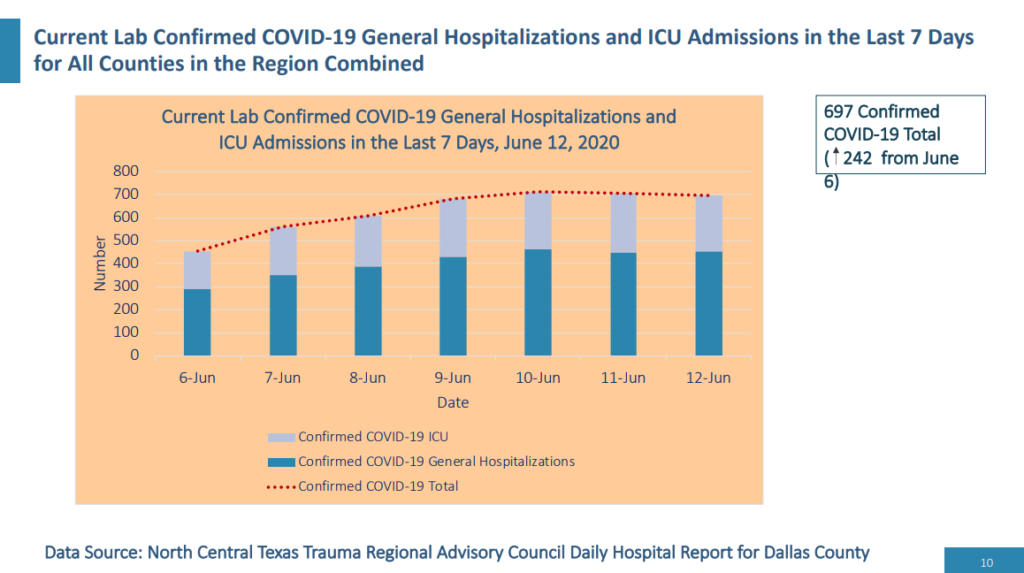
Of cases requiring hospitalization, more than two-thirds have been under 65 years of age, and about half do not have high-risk chronic health conditions. Diabetes has been an underlying high-risk health condition reported in about a third of all hospitalized patients with COVID-19.
In his evening newsletter, Dallas Mayor Eric Johnson said that 25 Dallas hospitals reported their bed availability Sunday. Of the 6,065 total beds, 68% were occupied. Of the 927 ICU beds available, 66% were occupied. There were 968 ventilators available, with 302 in use.
UT Southwestern’s latest forecast projects an increase of 10-15% in hospitalizations over the next two weeks. By June 22, Dallas County hospitals could see concurrent hospitalizations from COVID-19 increase by 310 to 400 cases, the forecast said.
This is also reflected in a chart of COVID-19 hospitalizations compiled by the Texas Department of State Health Services. If you notice a disparity in what the city reports and this chart, it’s because this chart reflects multiple counties in Dallas-Fort Worth.

The point is, of course, that Dallas isn’t in a bubble. The health of our neighboring counties and cities is also important, and cases are also rising in Tarrant, Denton, and Collin counties.
In the county’s June 12 aggregate report, most cases continue to be between the ages of 18 and 60, with the 18-40 age group accounting for 41% of the cases, and the 41-64 age group accounting for another 39% of the total cases.
Close contact or community transmission continues to be the biggest risk factor for contracting COVID-19, accounting for roughly 78.4% of all cases. Living in a long-term care facility, being incarcerated in the county jail, and working in a meat or food processing plant are a distant second, third, and fourth, at 4.5%, 3.5%, and 2.4%, respectively.
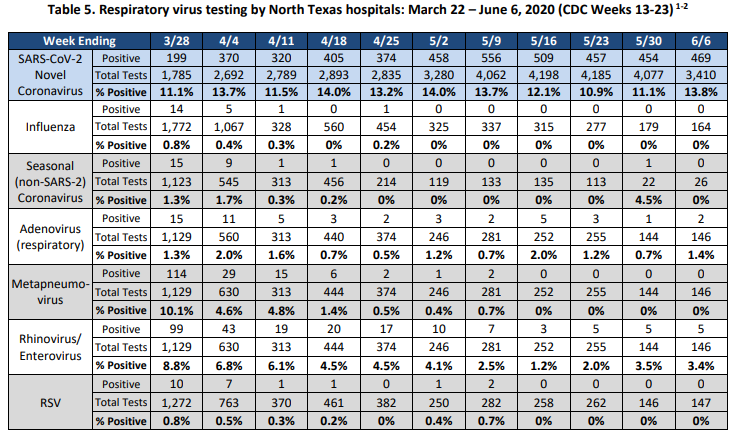
Of the testing done, positive cases accounted for 13.8% as of June 6, with 469 positives coming from 3,410 tests. This number increased since May 30’s 11.1% positive rate. Testing and positive test results of COVID-19 far outpaces any other respiratory virus – even if you combine them all.
Fifteen percent of all cases ended up hospitalized – 28% ended up in intensive care, and 16% ended up on a ventilator.
In a city-by-city breakdown, Dallas still comes in with the highest number of cases – 7,513, or 55.3%. Highland Park has 20 cases so far, and University Park has 30.
And finally, if you’re interested in a six-month retrospective on how the pandemic response has evolved so far, this makes for fascinating reading, and includes explanations for a lot of frequently asked questions – like why masks were first deemed unhelpful, and now are considered to be a major part of the defense strategy.
Churches Hold Seminar to Explain Cost of COVID
 First United Methodist Church Dallas and Wilshire Baptist Church are co-hosting a one-and-a-half-hour online experience designed to help people understand how COVID-19 has impacted some of the most vulnerable populations in Dallas.
First United Methodist Church Dallas and Wilshire Baptist Church are co-hosting a one-and-a-half-hour online experience designed to help people understand how COVID-19 has impacted some of the most vulnerable populations in Dallas.
Organizers said it is “designed to help your network understand poverty, learn how to make the most impact, and engage more with our community.
“Our time together will also look at poverty through a racial equity lens and continue the conversation on how the church can grow in anti-racist witness and actions of justice.”
Capacity for the online event is limited to 75 computer log-ins – or one log-in per family.
To register, click here. Once registered, a confirmation email will detail information about the call.
D CEO Honors Nonprofit and Corporate Citizenship
More than 510 nonprofits and corporations were nominated in D CEO’s third annual Nonprofit and Corporate Citizenship Awards, which is presented in partnership with the Communities Foundation of Texas.
The magazine named a total of 80 finalists last week, and will announce the winner of the first-ever Community Hero Award this week.
This year’s categories included two new ones that will recognize efforts in response to COVID-19.
The finalists will be featured in D CEO’s August/September issue and recognized at an awards event in August, where the winners in each category will be revealed.
For the list of finalists, read here.
Kendra Scott Presents Baylor Scott & White With Donation
Texas-based designer Kendra Scott made philanthropy a “heightened focus” after the pandemic hit her state, opting to give back in several ways, including earmarking 20% of all curbside orders placed during shelter-in-place for local hospitals to assist in COVID-19 relief efforts.
She did so Friday by presenting a donation for $32,058.49 to Baylor Scott & White Health as a result of curbside purchases in Dallas. The donation was part of more than $390,000 the brand has given back from curbside shopping at stores across the state.
“Kendra Scott has always been committed to giving back to our communities where they need it most, and during this time we’ve learned to shift quickly to address the evolving needs,” a company spokesperson said. “In addition to raising over 3 million meals for Feeding America, and making and donating masks for frontline workers, another way the Kendra Scott brand sought to give back locally was through our stores.”


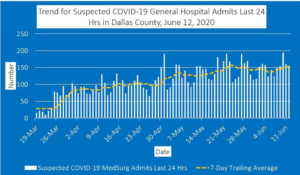
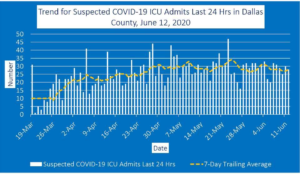
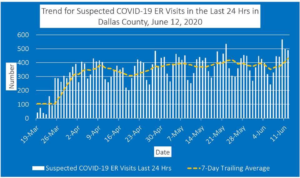
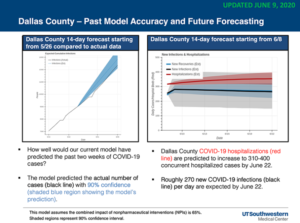
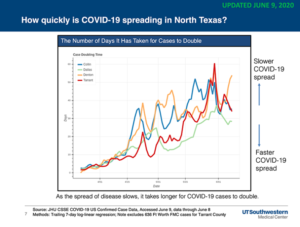
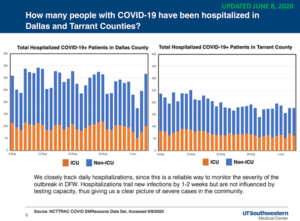




Pingback:Mayors Plead with Abbott For a Mask Policy With Teeth | People Newspapers